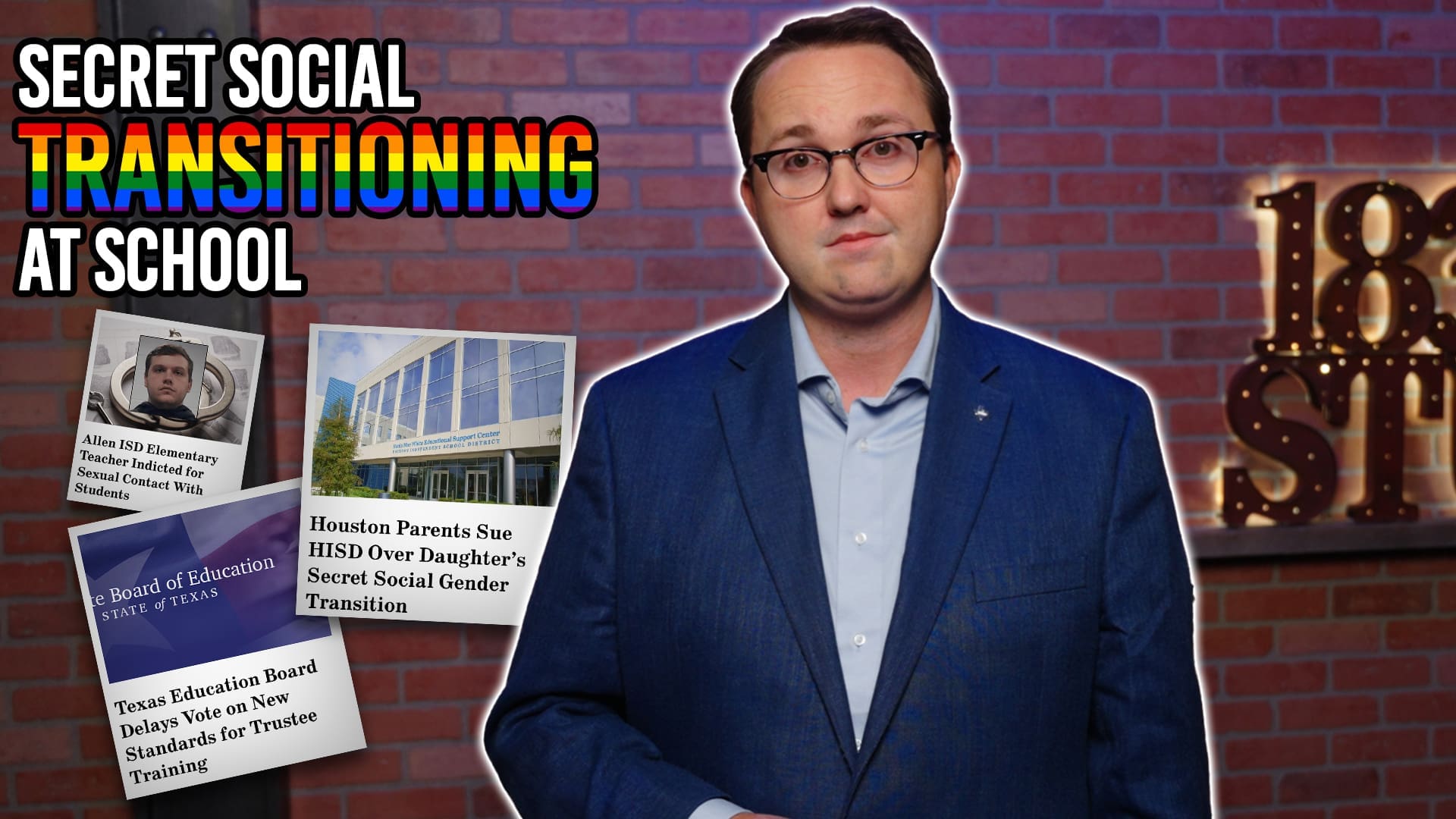My brain didn’t want to process that I was at a dump. I’ve been to many dumps over the years, hauling pick-up trucks full of refuse for disposal. The luscious grass, the marvelous trees… how could this be a dump?
It had been for hundreds of years. This was the valley of Gehenna, just a stone’s throw from the ancient city of Jerusalem’s walls. Fires constantly burned, consuming the city’s refuse.
The vision we have of hell is derived almost entirely from New Testament allusions to Gehenna – a wretched, filthy place in which perpetual fires consume that which is unclean.
Gehenna was a dump in the time of Jesus because it had once been something far worse – a fact that would have been known to every Jew of the day. You see, the Valley of Gehenna had served as the place in which the pagan Canaanites – who previously governed the land – would brutally sacrifice living children to their god Molech.
The valley was so unclean, its legacy so horrific, it could only be used as a dump. Gehenna was as bad of a place as it could possibly get. There was nothing good about it.
While Gehenna once served as the cautionary model for hell, today it stands as a picture of our personal salvation. Even at our worst, even at our most wretched and vile, Christ offers us the pathway to a beautifully glorious restoration.
The former British slave-trader John Newton understood this about himself, a knowledge he so famously put to music after becoming a Christian. “Amazing Grace, how sweet the sound, that saved a wretch like me. I once was lost, but now am found, t’was blind but now I see.”





